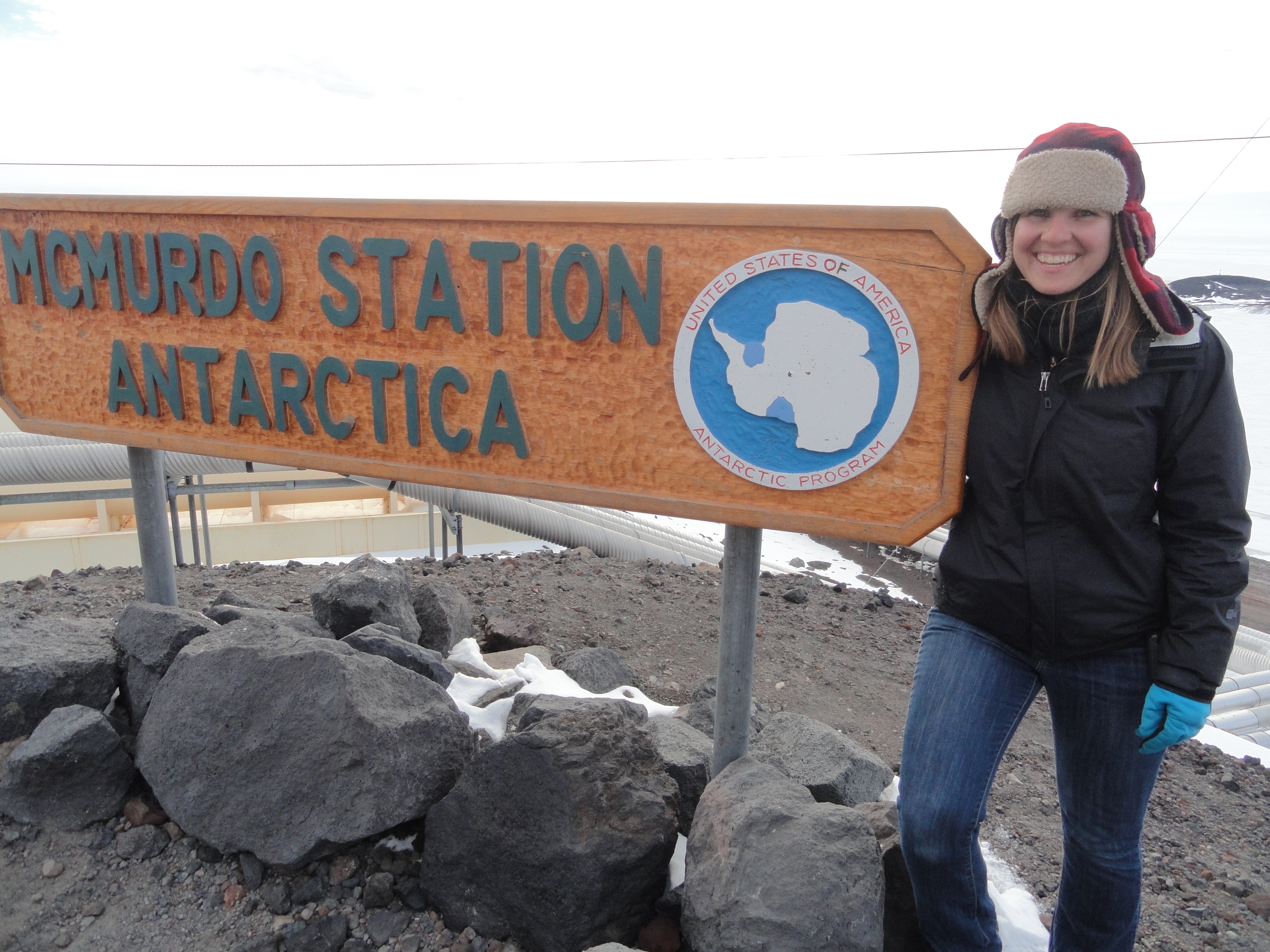
With graduation looming and a degree in astrophysics soon to be in hand, Gail Muldoon took inventory of the choices she faced following commencement ceremonies at Haverford College.
- Enter the work force
- Go to graduate school
Wanting to explore her options, Muldoon started sending emails to Haverford College alumni. She sorted through the school directory looking for former physics majors with interesting job titles. Haverford graduate Charles Jackson, working as a climate scientist at the University of Texas Institute for Geophysics (UTIG), piqued her curiosity.
“I wasn’t asking for a job,” Muldoon says of her introductory email. “I wanted to know what he did every day and if he liked his job. What is a climate scientist and how did he get there?”
Jackson called her up, and after 20 minutes of enthusiastic conversation he offered her a job: “why don’t you come to UTIG, work for me and see if you like it?”
Muldoon accepted. As a research scientist assistant she spent most of her time running the Community Earth System Model on Texas Advanced Computing Center supercomputers and tying radar layer data to ice cores.
After a year of Jackson’s mentorship, Muldoon decided a graduate degree in Antarctic geophysics was her next step. She applied to Ph.D. programs around the country, but wanting to pursue uncertainty quantification related to climate she realized there was no better place than UTIG for her to continue her studies.
“For me, UTIG has the trifecta: an airborne geophysics field team, ice sheet modeling, and expertise in uncertainty quantification,” Muldoon says. “This program has all the elements I need in order to succeed in my Ph.D. work.”
Now she’s working on her dissertation, which includes research on the properties of the West Antarctic Ice Sheet during the Last Interglacial Period. Muldoon is using evidence from inside the ice sheet to answer questions about how the ice sheet responded to climate change during the last 125,000 years in an effort to help scientists understand the future behavior of today’s ice sheets.
Muldoon uses data from ice-penetrating radar developed by UTIG’s Aerogeophysical Research Group led by Donald Blankenship, and thanks to the institute’s dedication to on-site field work, has spent time in a research plane soaring above Antarctica’s ice sheets gathering her own data.
“Field work is one of the really great reasons to study geophysics,” Muldoon says. “With astrophysics you’re in a room with a lot of computers and you’re up all night for a week. But it’s nothing like geophysics where you’re out seeing the world up close.”
